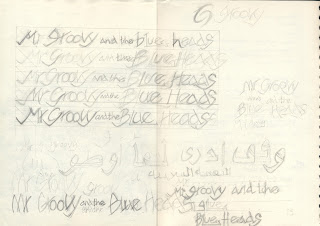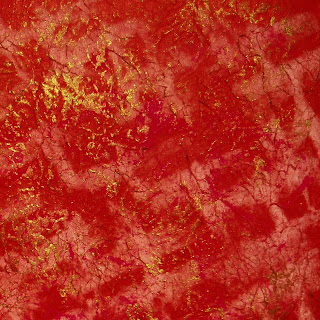I’ve just moved to the middle of the countryside to house
sit for a friend for a couple of weeks and my internet connection is very, very
slow so I’ve been exploring his bookshelves for research.
I’ve decided to illustrate how to get to the house I’m
staying in...
I found some maps in travel guides, which are a bit dull:
And tourist information leaflets, I like the 3D effect of the perspective drawings on these:
and on this map showing how to get to the Earth Sciences
College of Bristol University http://www.google.es/imgres?start=186&hl=es&sa=X&rlz=1C1AVSA_enES462&biw=1600&bih=785&tbm=isch&prmd=imvns&tbnid=vIVINuOMZUtzdM:&imgrefurl=http://www.gly.bris.ac.uk/about/directions.html&docid=Gwt7OST4Z-UiLM&imgurl=http://www.gly.bris.ac.uk/about/wills.jpg&w=560&h=480&ei=_XKtT9CgKcLa8AOX4o3j
I also
like the style of the hand drawn maps on these two websites by Alden Olmsted https://blogger.googleusercontent.com/img/b/R29vZ2xl/AVvXsEi-017cgVe2v8vstX7keegugzi_oXPsoxb6VWvncspWcRt_DB2yjh-lU5xo5Bzt97838MhFSSGOr_O7DBq51iydrmDmABUsF0VHYC94LmroooGY7irM0eKMsk2vs9NudiqAXo32dYwZ-o0/s400/SF+Map+Card+copy.jpg and Michael Hill http://www.michaelahill.com/index.htm
Another friend makes maps of this region, which are clear, sweet
and very detailed http://www.facebook.com/Mapaluz
And I like the hand drawn quality of the map for this zoo http://www.zoopraha.cz/en/before-visit/how-to-get-there#lang
And these murals by Alasdair Gray have a directional element to them.
But by far the most inspiring thing I’ve come across is this
book of old board games ‘Great Board Games 1895-1955’ compiled by Brian Love
and published by Ebury Press in 1979. Some of the games are set out like maps
and have strong diagrammatic qualities. I also love the colours- faded fifties
hues, soft and dull.
I went out a couple of times to take photos and make sketches of the route
And tried different layouts,
deciding that although the route is long and in pretty much
one direction it will work best as a one line map with dashed marks to cut down
long sections between important landmarks, emphasised with a border, like the stages in a
board game or the drawings in a cartoon .
The arrows add to the board game theme.
At this stage I showed one of the neighbours my layouts and he agreed with my choice.
Having drawn the sections I decided to fill the space around them with a smaller scale ‘locating’ map of the region using this one for reference
http://cadizbeach.com/s/cc_images/cache_2415249580.jpg?t=1316710380
and some more little drawings to emphasis the rural feel.
I showed the outline to three friends, two are neighbours
and the other had just arrived at the house for the first time following
written instructions I’d sent in an email.
They all really liked the map aesthetically and practically
but pointed out that I had not included the name of the village on the small
scale locating map, which I remedied. The first time visitor also said that the
position of the house is not immediately apparent when you enter the gate,
either in reality or on the map and suggested that I could add more arrows or
colour the house to make it stand out. The neighbours thought that the map
works very well as an outline but agreed that adding colour would enhance it.
I chose to add touches of colour in guache so that the
effect would be subtle and not detract from the simplicity of the outline. I was
influenced by this board game in my colour choice.
And this is the finished map.
I showed it to two more friends; a couple who live just
outside the confines of the map. He liked everything about it and said that the
beach, cactus and country scene gave a very strong sense of the place. She
loved the writing, the boxes, the hills, the cactus, details like the gate to
the horse field and also the small scale map, although she found that part confusing.
She also disputed the exact position of the ‘Arzocaire’ gate and said that she
didn’t like the angles of the buildings, I’ve twisted them slightly in the hope
that the map can be read more easily from one view point.
Overall I’m
very pleased, it took me a long time since I’ve experienced a bit of a block
recently, but plodding through it got it done. My block is probably a reaction
to storming through part 2 so quickly and also to having looked at so many
outstanding artists’ work recently, which precipitated a bit of a crisis of
confidence (again).
Next time I
would take more time to make the title a bit neater, I wanted a hand-made
quality but it’s a bit too irregular.
Morgan´s back now and loves the map.













.JPG)
.JPG)



















































